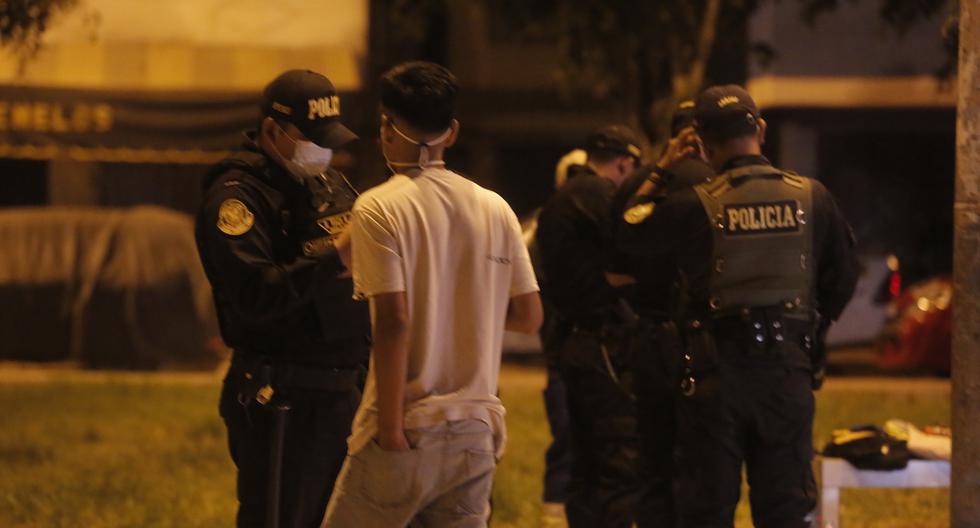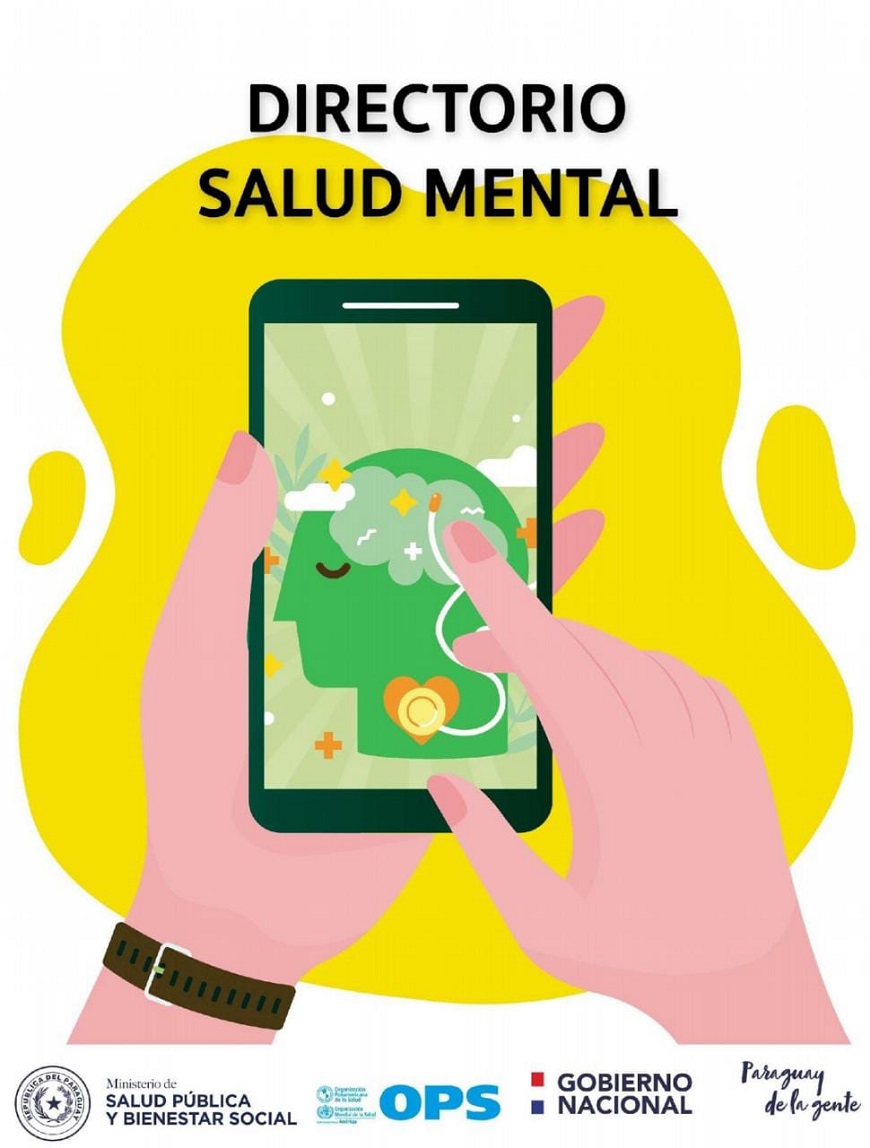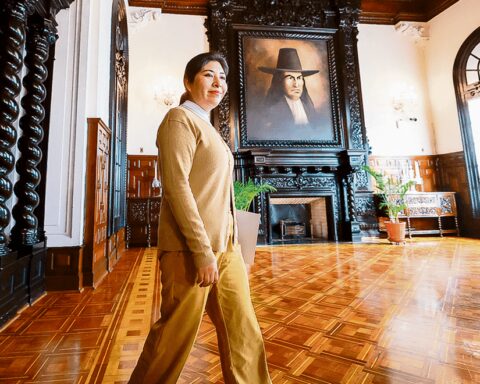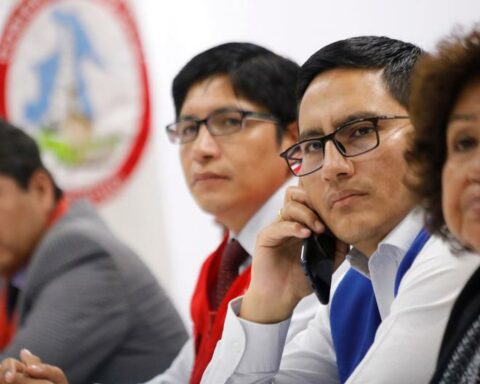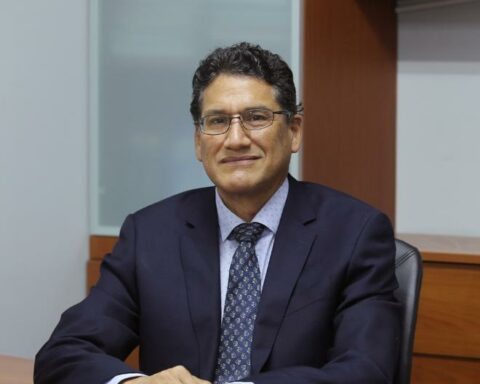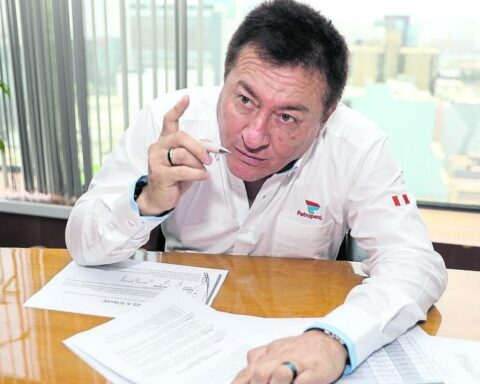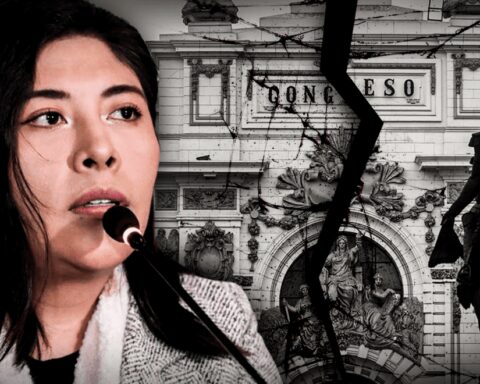Around midnight on April 4, the President of the Republic, Pedro Castillo, announced the state of mandatory social immobility of all people in their homes in Lima and Callao, due to protests over the rise in fuel prices, which has affected the household economy. But what is this measure about and how long will it last?
MORE INFORMATION: Judiciary admits habeas corpus filed by Ombudsman against mandatory social immobilization
Through the Supreme Decree 034-2022-PCMpublished in the extraordinary edition of the Legal Norms Bulletin of the Official Gazette El Peruano, the Government decreed a state of emergency suspending the constitutional rights related to freedom and personal security, the inviolability of the home and freedom of assembly in the province of Lima and Callaohe explained in Mandatario in a short message to La Nación.
The streets of Lima woke up, for the most part, lonely, although many people tried to juggle to reach their destination, despite the presence of the military and police to maintain internal order.
UNTIL WHEN DOES IMMOBILITY APPLY IN LIMA AND CALLAO?
Within the State of Emergency, it was approved to declare citizen immobility from 02:00 a.m. to 11:59 p.m. on Tuesday, April 5, to protect the fundamental rights of all people. However, it was explained that the intention of the measure is not to prevent the supply of essential services to all Peruvians.
WHY WAS THE IMMOBILIZATION IN LIMA AND CALLAO DECIDED?
The president of Peru, Pedro Castillo, indicated that the immobility was adopted in order to protect the fundamental rights of all people in the face of blockades, protests and looting, among other violent acts. The goal, he added, is to “restore peace and internal order.”
WHAT FREEDOMS ARE SUSPENDED WITH THE STATE OF EMERGENCY?
The State of Emergency in Metropolitan Lima of the department of Lima and in the Constitutional Province of Callao indicates that the constitutional rights related to the inviolability of the home, freedom of movement within the national territory, freedom of assembly, and personal freedom and security are suspended.
:quality(75)/cloudfront-us-east-1.images.arcpublishing.com/elcomercio/6PK44N5F5VHSJHY2VB5EMBLPSM.jpg)
WHAT IS ALLOWED DURING THE STATE OF EMERGENCY?
These activities are allowed during the State of Emergency:
- The provision of health services and medicines is allowed.
- Pharmacies and drugstores can provide care.
- The continuity of water, sanitation, electricity, gas, fuel, telecommunications and related activities services is maintained.
- Solid waste collection.
- Funeral services.
- The transport of cargo and merchandise and related activities is allowed.
- Media: The personnel of the written, radio or television press may travel during the period of compulsory social immobilization provided that they carry their personal work pass, their respective journalistic credential and their National Identity Document for identification purposes. The authorization is also for the mobile units that transport them to fulfill their function.
- Private vehicles and pedestrians: The movement by car or pedestrian of people who require urgent or emergency medical attention because their life or health is in serious risk is allowed; as well as for the acquisition of medicines.
- Job: public and private sector workers perform only remote work.
WHAT ABOUT THE MARKETS?
The Minister of Justice and Human Rights, Félix Chero, assured that essential services will continue to function in Lima and Callao during the citizen’s immobility. In statements to RPP, he indicated that the population will also be able to stock up on products from the basic basket, since the markets and supply centers will be working.
DO THE TRANSPORTATION SERVICES WORK?
The public transport routes of Metropolitan Lima and Callao, as well as the concession services of the Metropolitan and Complementary Corridors, will not provide service during the state of immobility, reported the Urban Transport Authority (ATU) for Lima and Callao. Meanwhile, the Lima Metro only attended a few hours.
taxis
In the case of taxis, as well as special school, tourist and worker transport, these will also not be able to provide service during the mandatory social immobilization period.
Airport
Meanwhile, at the Jorge Chávez International Airport they indicated that they maintain their schedule, but recommended contacting the airlines to confirm their flights.

